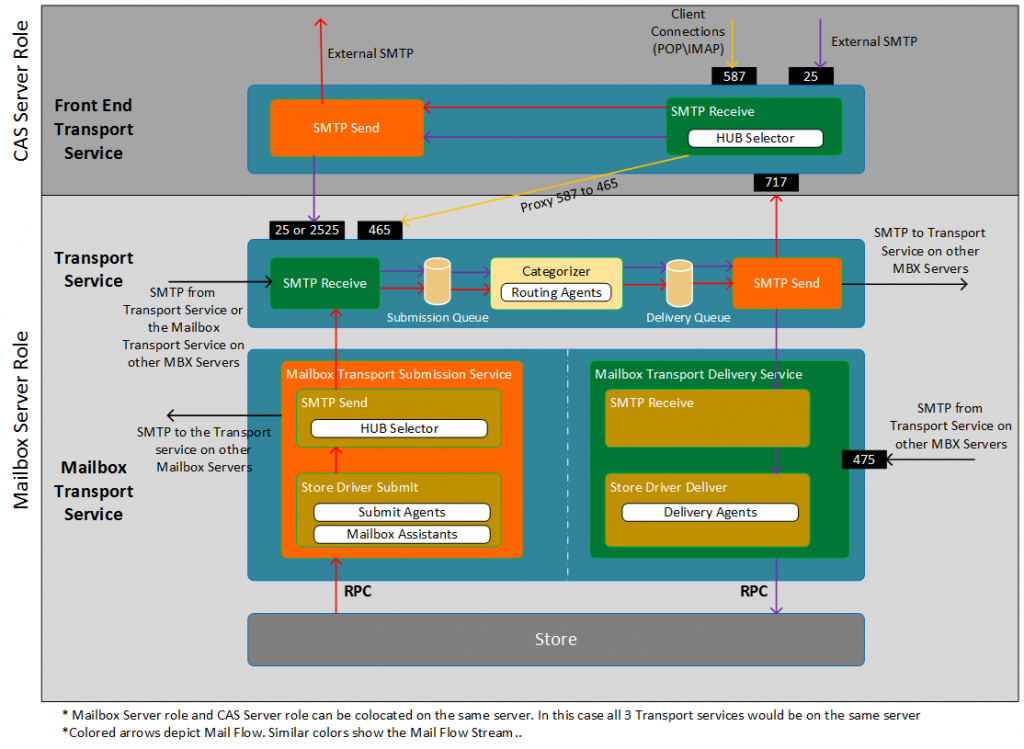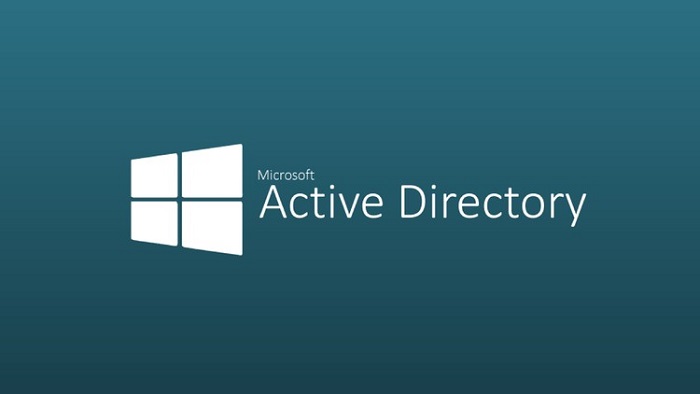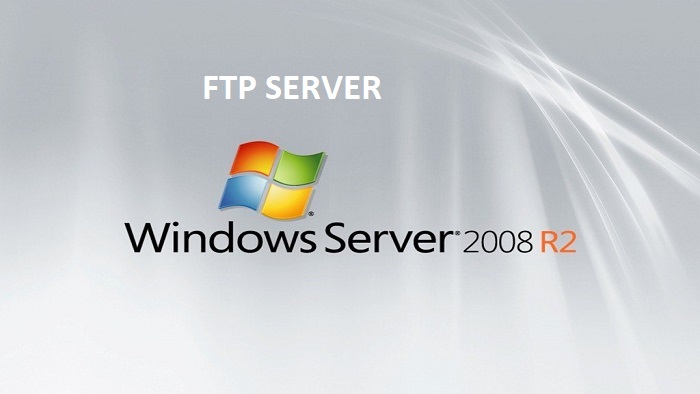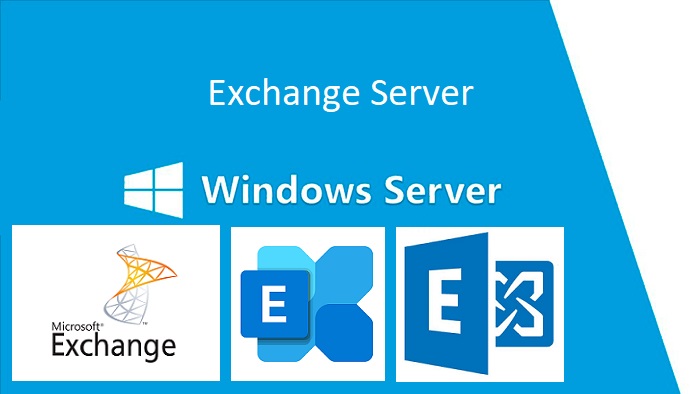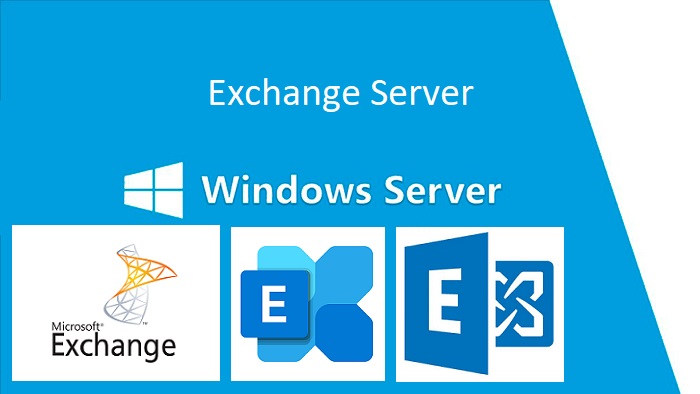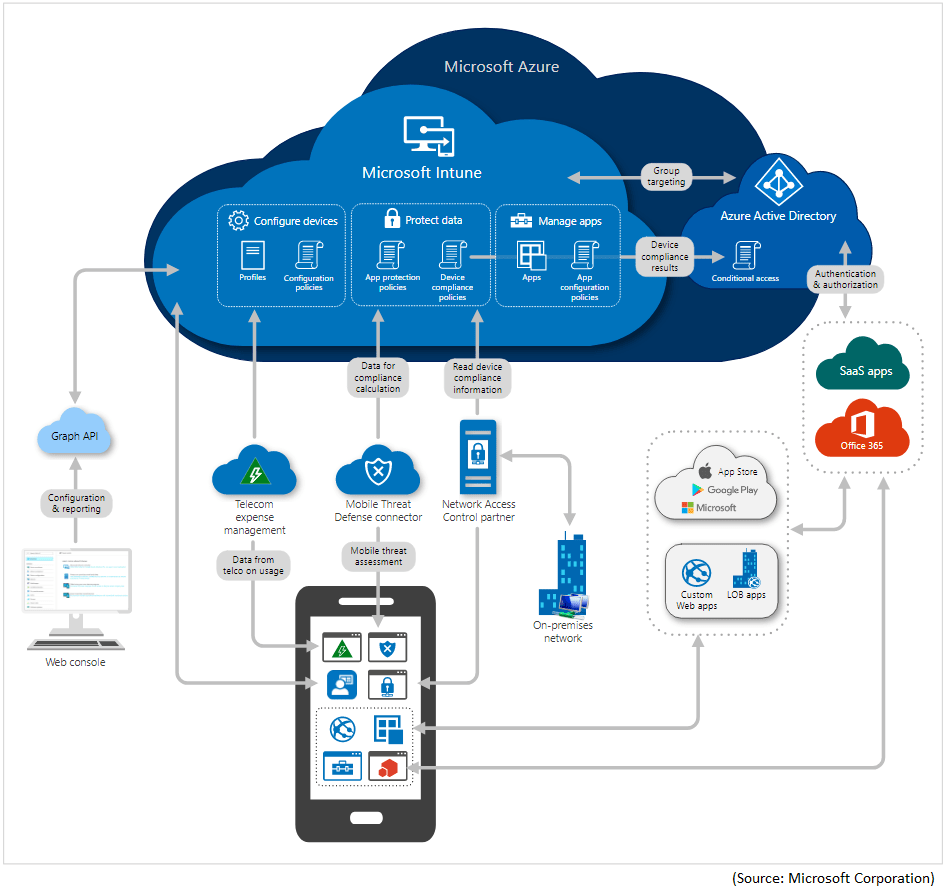In Exchange server, 2013 many changes have been made to simplify the process to manage the mail flow. In Exchange server 2010 we need to have a separate hub transport server and separate edge transport server but in exchange server 2013, this is no longer needed and we don’t need to install a se...
Active Directory relies on accurate time settings on all member servers, Domain Controllers, and domain-joined workstations. When time settings are misconfigured, multiple critical Active Directory services such as replication and Kerberos authentication will fail to bring the entire Active Dire...
Open Server Manager by going to Start>All Programs>Administrative Tools>Server Manager. In Server Manager, select Roles and then click on Add Role Services. In Select Role Services, scroll down and check the box next to FTP Server. Once done, click Next. Review what is...
Exchange database availability groups (DAG) have been around since Exchange 2010. So why are some admins under the impression they don’ need them? Some say, “I have Hyper-V replicas as my backup” or “Why the hell do I need another Exchange server to manage?” In some cases, I have seen an Exchang...
When recovering an Exchange server, admins typically want to take the fastest route. But when they do, they often hit roadblocks on their journey. Many users and IT staff on the Microsoft TechNet forums run into endless issues when they want to upgrade or remove a server or simply do the normal ...
Office 365 MDM vs Microsoft IntuneMobile Device Management (MDM) is a useful option for a large number of organizations that want to manage their mobile devices securely (Android, iOS, and Windows).Fortunately, many subscriptions to Office 365 include MDM. You can use Microsoft Intune to manage y...
37 - 42 of ( 49 ) records

